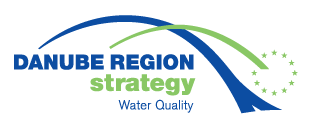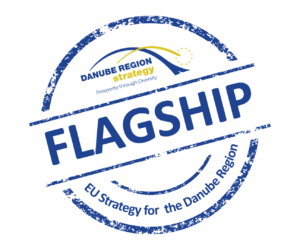Process; ongoing
EUSDR Priority Area(s): PA 4 Water Quality
PA 4 has been very active in the field of emerging substances as they represent a significant risk to the water environment. Although by Watch List of Directive 2000/60/EC (Water Framework Directive – WFD; Annex X – the substances are specified in detail in Directive 2013/39/EU), there is an obligation to monitor hazardous and emerging substances in surface water and for groundwater it is not compulsory. Since this list is continually enlarging, currently there is not enough relevant data available on their occurrence as well as on their impacts on ecosystems and humans.
PA 4 organised data collection on microplastic at WWTPs and is supporting international projects and project proposals on plastic and microplastic like Aquatic Plastic and MicroDrink.
Moreover, PA 4 in 2019 prepared a study on the pharmaceutics occurrence in surface water and groundwater, which had a positive impact on policymaking and development. As A continuation to this topic, in the future PA 4 plans to organise a conference on pharmaceutics occurrence in water when the respective legislation will be in place. The established cooperation with the EU Strategy for the Baltic Sea Region in hazardous substance issues is promising to solve the challenges jointly.
PA 4 also strongly supports the implementation of the Thetys project, a coordinated Danube action to tackle water pollution by hazardous substances.
Objectives
As defined in the EUSDR Action Plan, Action 1 objectives:
- Close knowledge gaps on monitoring of hazardous and emerging substances in surface waters, biota, and sediment
- Determine sources and pathways of hazardous and emerging substance emissions
- Quantify water emissions and loads
- Implement prevention and mitigation measures including a more comprehensive evaluation of measures’ efficiency
- Contribute to capacity building in monitoring, modelling, and management of hazardous substances pollution
- Contribute to improved quality of sediments
The Danube Strategy Flagship process will contribute to achieving the foreseen targets of PA 4 in the upcoming six years.
Need and (expected) impact
The Danube Strategy Flagship process will contribute to closing the knowledge gap on monitoring of hazardous and emerging substances in surface waters, biota, and sediment, and will provide updated information on the situation related to hazardous and emerging substances, such as pharmaceuticals, and microplastics in the Danube Region.
The future challenge is not only to monitor the occurrence of hazardous substances in the waters and sediments but also to investigate their impacts and impacts of their metabolites to humans and biota.
Macro-regional dimension
PA 4 prolongs already established cooperation with the Baltic Strategy in the field of pharmaceuticals and their removal from waters. Based on the study completed in 2019, PA 4 is planning to organise an international pharmaceutical conference in the future when the respective legislation is valid.
In the past, PA 4 organised two MRS meetings focusing on water issues and there was one study elaborated about Macro-regional Strategies by our HU partner (TRENECON company). The first meeting was attended by representatives by all 4 MRS (Baltic, Danube, Adriatic-Ionian and Alpine) and there was excellent exchange of knowledge and experience, especially on hazardous substances in the water.
Stakeholders involved
PA 4 SG members; Baltic Strategy experts; DG ENVIRONMENT experts; International Commission for Protection of the Danube River (ICPDR); International Sava River Basin Commission (ISRBC); Global Water Partnership Central and Eastern Europe (GWP CEE); NGOs active in plastic pollution; Water companies; laboratories, etc.
Regular cooperation with the mentioned organisations, ensured by trilateral and SG meetings, joint events.
Budget and Funding
PAC2 PA 4 project contains a budget for implementing PA 4 actions, including topics listed in this Danube Strategy Flagship process. The process has already been partly financed by the implementation of the PA 4 relevant projects related to hazardous substances, e.g., projects implemented: The abovementioned projects are financed by Interreg Danube Region Programme.
The new financing should be allocated for monitoring of hazardous and emerging substances occurrence and for investigation of their impacts on humans and ecosystems. The process will be supported by organisation of events and public awareness raising campaigns, e.g. meetings, conferences, workshops.
Further information
https://waterquality.danube-region.eu/
https://interreg-danube.eu/projects/aquatic-plastic
https://interreg-danube.eu/projects/microdrink
Contact
Mr Márton Pesel, Priority Area Coordinator, PA 4, Ministry of Foreign Affairs and Trade Hungary,
Other
- Aquatic Plastic project
- MicroDrink project
- Thetys project
- D-CLEAN project
- Small project on microplastic at WWTPs
- bo-DEREC-CE project
- Study on the occurrence of pharmaceuticals in the waters of the Danube Region
- Pharmaceuticals cooperation with the EU Strategy for the Baltic Sea Region (EUSBSR)
- Planned pharmaceuticals conference



